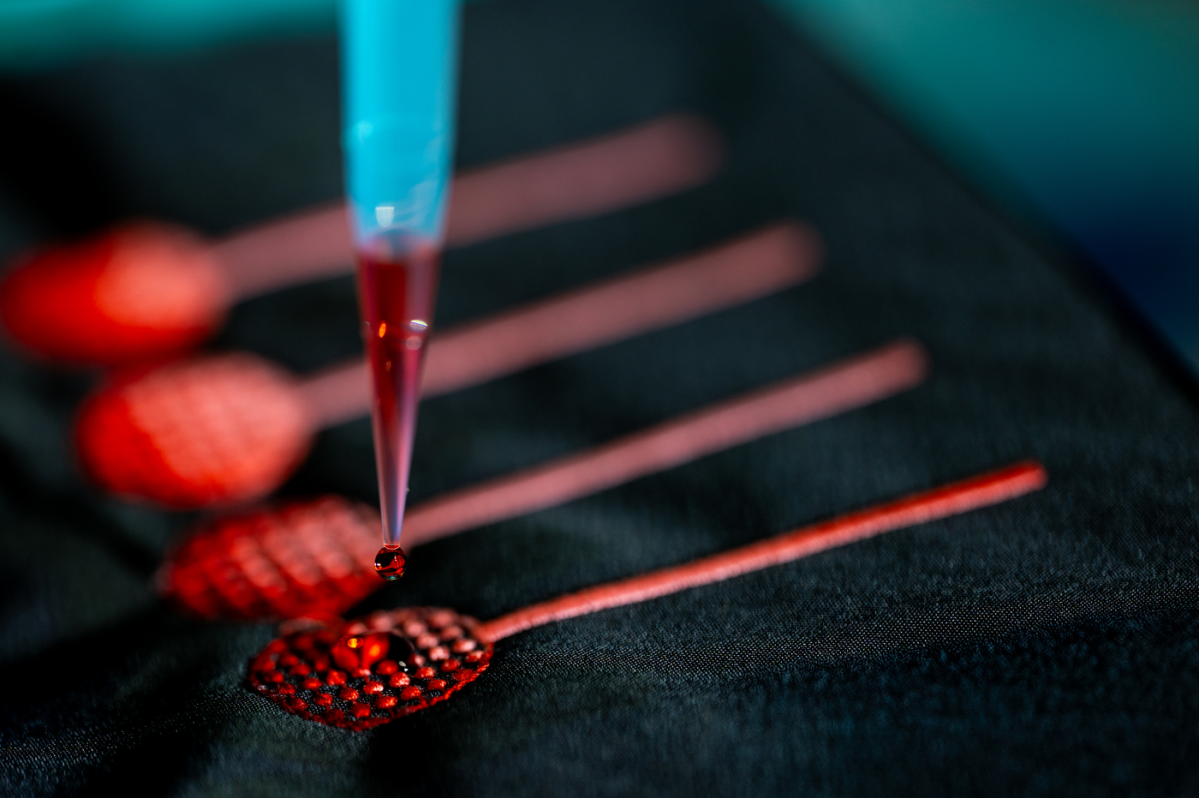Copyright Newsweek

A new toy prototype is reminiscent of Tamagotchi, the egg-shaped virtual pet that was very popular in the 90s... Except when this one dies, it doesn't just leave a blank screen. Instead of taking care of a digital pet, SquidKid raises the stakes with bacteria inside the squid-shaped toy that need to be kept alive and glowing. This is the creation of Northeastern University students, who hope it will provide “not only a lasting friend but a lasting connection between children and the natural world.” “We call it a living Tamagotchi. Like the original, it teaches care through daily interaction but instead of a screen simulation, this one contains living bioluminescent bacteria (Aliivibrio fischeri). When children squeeze, shake or oxygenate the squid-shaped toy, the bacteria glow softly—not because of code or batteries but because they’re alive," Katia Zolotovsky, professor of biotechnology and design, told Newsweek. "It's a shift from digital pets to genuine biological interdependence: children’s attention and care directly sustain another living organism." “Kids don’t always treat their toys very well. With Tamagotchi, there are times where if you ignored it, it died. In this case, you’re actually killing something," Deirdre Ni Chonaill, an experience design master’s student and associate director of creative and experience design, said in a statement. The toy has a clear container in its body that holds the glowing culture. Children need to provide SquidKid with oxygen, the right “broth” or food and “consistent agitation.” It is designed with a squeezable tentacle that injects oxygen into the system. “The glow appears only when the bacteria are healthy and happy. The design was inspired by the Hawaiian bobtail squid, which hosts the same bacteria in a natural mutualistic partnership,” Zolotovsky explained. While bacteria in the hands of kids might sound like something parents would want to avoid, the team presented the design at MoMA: The Museum of Modern Art as finalists of the international Biodesign Challenge Summit and have spent time refining its safety. “It’s completely non-pathogenic—in fact, safe enough that scientists said you could drink it (though we wouldn’t encourage that!). The culture is contained within a sealed, oxygen-permeable chamber so children never touch it directly,” said Zolotovsky. “The team worked with an ecotoxicologist and the university’s biomaker lab to ensure protocols avoided E. coli or other contaminants. If the container broke, there would be no health risk—the bacteria can’t survive long outside their growth medium and pose no harm to humans or the environment.” With a focus on teaching how to use biotechnologies in playful yet impactful ways, Zolotovsky’s students have also designed clothes made from bioplastics, algae-based dining experiences and menstrual cycle trackers made out of biomaterials. For SquidKid, the team tested the bacterial cultures extensively and conducted informal interviews with 10-year-olds to understand perceptions of bacteria and care, according to Zolotovsky, though it hasn’t yet been released to classrooms or the public. “The students envision it as a classroom ‘pet’ for ages 8–11, bundled with an educational kit and refill system and are planning future pilot studies with teachers and children before any public release,” she said. Explaining how they hope it can reconnect children with the living world, Zolotovsky added, “It teaches that microbiomes—those communities of microbes in our guts, on our skin, and in our environments—are vital to health and ecological balance. “By nurturing A. fischeri, children learn that interacting with diverse, natural microbiomes (like playing in soil or tending to living systems) strengthens resilience against pathogens and deepens empathy for life. The larger goal is to replace fear of microbes with understanding, respect, and affection—cultivating a mindset of care for the natural world from micro to macro.” The toy could also pave the way for an innovative and healthier way to play with devices. “It suggests a new generation of ‘living toys’ that reconnect children with biological processes instead of screens.”



